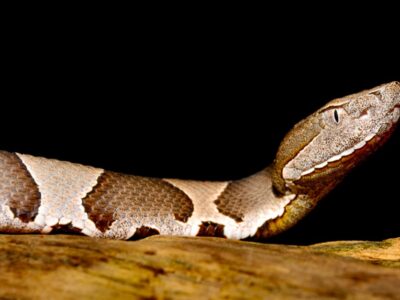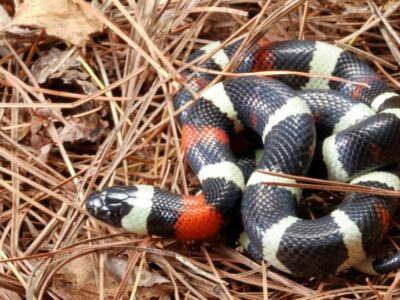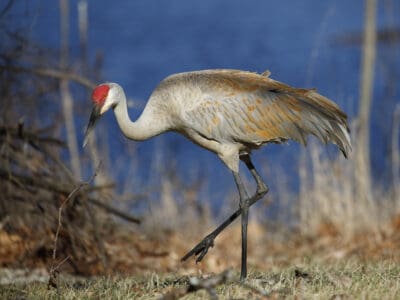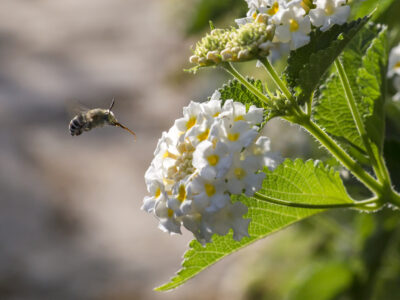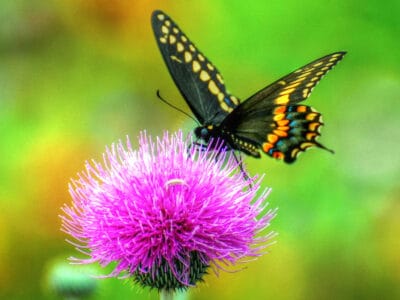Iowa is a midwestern state famous for its corn and its yearly state fair. More than 85% of Iowa’s land is dedicated to agriculture. It borders Minnesota to the north, Wisconsin, and Illinois to the east, Missouri to the south, and Nebraska to the west. Its major rivers are the Mississippi, Big Sioux, and Missouri.
Although much of Iowa is flat farmland, it has some gently rolling hills. Iowa’s weather is continental, which means it gets harsh, cold winters and hot, humid summers. Thunderstorms and tornadoes are common events in the Hawkeye State. Much of Iowa’s land is flat farmland.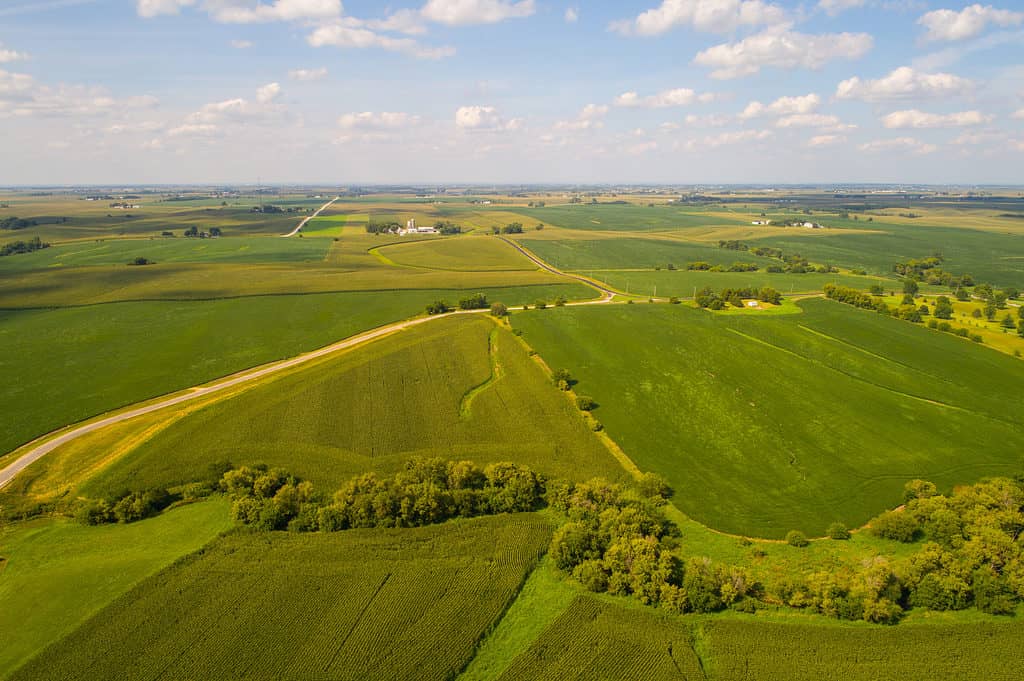
©Felix Mizioznikov/Shutterstock.com
Wild Animals in Iowa
Iowa has more than 1,100 species of fish and wildlife. The state’s forested areas contain many common forest animals, including white-tail deer, gray foxes, red foxes, coyotes and bobcats. Iowa’s native small mammals include opossums, otters, muskrats and the strange but adorable eastern mole.
Iowa has many lakes, rivers and streams. It is the only U.S. state completely bordered by two major rivers. Its river shorelines and lakes contain walleye, catfish, and crappies. You will find river otters, turtles, bullfrogs, ospreys, and swans. Iowa is home to several species of waterfowl, including blue-winged teals, mallards, and cranes.
One of Iowa’s famous birds is the bobolink. This grassland prairie bird has striking black and white coloring. It is the only North American land bird with this plumage color, and it is one of the rarest birds in the country.
The state’s chief predators are bobcats, foxes and coyotes. Although mountain lions and moose have been seen in many parts of Iowa, they are not resident species. Biologists say they cross over from neighboring states.
Iowa’s native rodents include the eastern chipmunk, white-footed mouse, eastern squirrel and deer mouse. Its small mammals include the northern short-tailed shrew and the prairie vole. The state has nine bat species, including the little brown bat, which is one of the rarest bat species in the U.S. The small Eastern mole is one of the species native to Iowa. ©Liz Weber/Shutterstock.com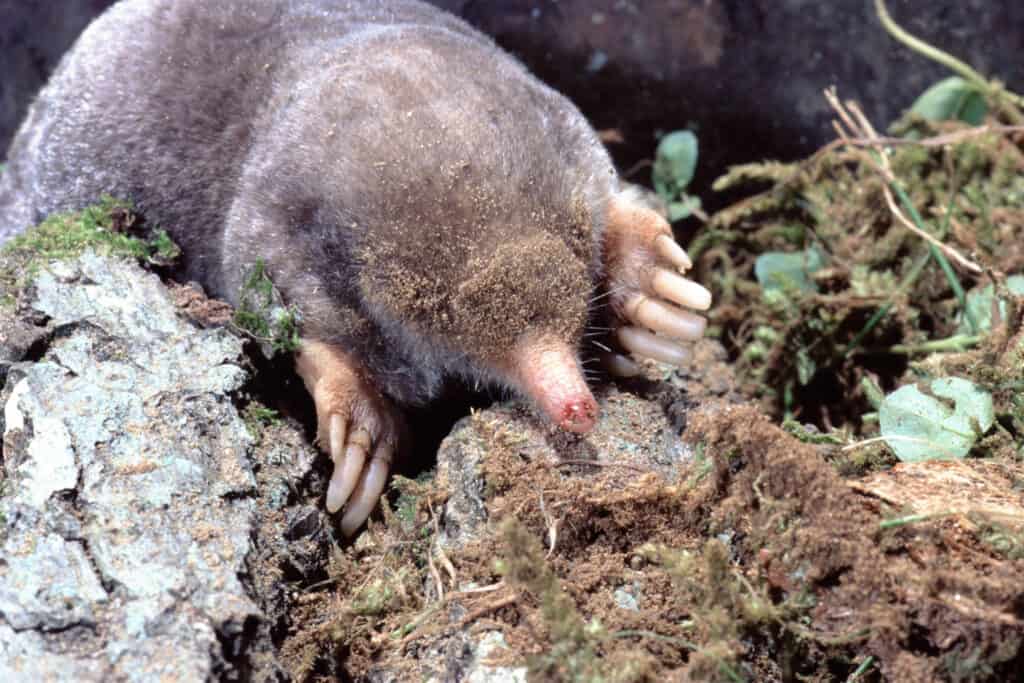
The Official State Animal of Iowa
Iowa’s state bird is the American goldfinch (Spinus tristis), designated by the Iowa Legislature in 1933. It’s likely it was picked as it is commonly found throughout the state.
This lovely, bright yellow bird lives in open woods, orchards, suburban areas and marshy areas. As land that’s been cleared of tress is attractive to this species, it’s understandable why it is prevalent in Iowa. It is a migratory bird, nests in the late summer, and has excellent flying abilities, flying in wavelike patterns when traveling long distances.
The goldfinch’s short and sharp beak assists it to break open seeds, which make up most of its diet as well as the occasional insect. Goldfinches gather in large flocks and are noisy birds, singing solo or as a group, with one of its vocalizations well-known to sound like “po-ta-to-chip.” The American goldfinch is Iowa’s state animal.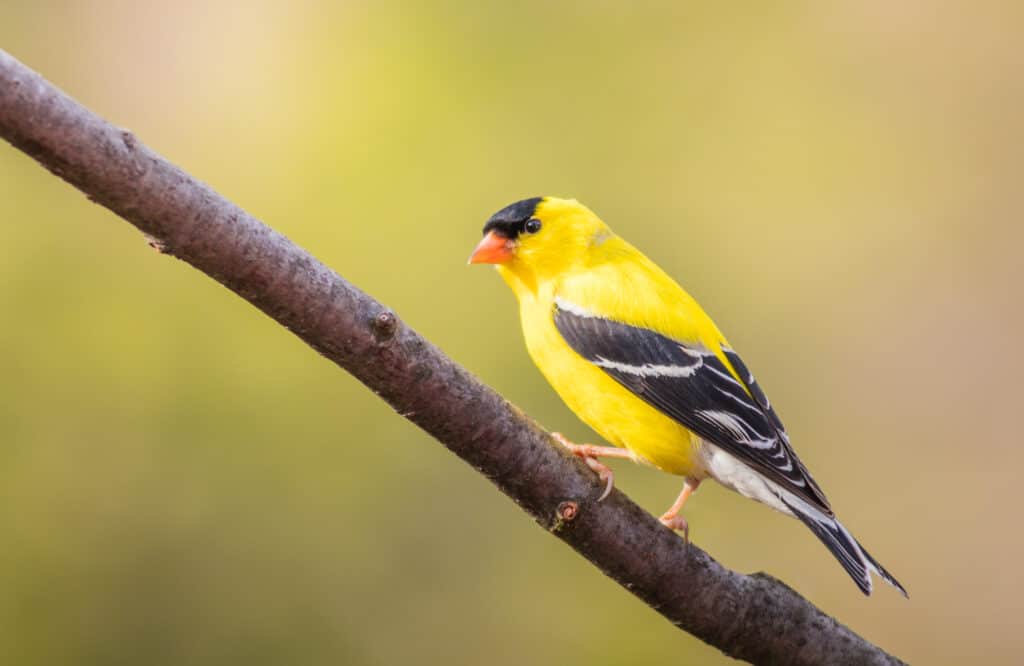
©Rabbitti/Shutterstock.com
Where to Find the Top Wild Animals in Iowa
There are many places where you have the opportunity to see some of the diverse wildlife in Iowa in its natural habitats, including state parks, public parks and designated wildlife areas.
- Pike’s Peak State Park: Iowa’s first state park is a hiking and wildlife viewing area situated where the Mississippi and Wisconsin rivers meet. With spectacular river views, it is an ideal place to see fish, waterfowl and wildlife.
- Manawa Lake State Park: This park protects one of Iowa’s largest lakes. It is an excellent location to see pelicans, ducks and geese. The lake is also a favorite nesting site for bald eagles.
- Goose Lake Wildlife Area: This public park is a 1,300-acre public park that is an ideal location for birders and wildlife watchers. Among the birds you’ll see are sandhill cranes, wild turkeys and pheasants. You can also spot rodents and small mammals, including muskrats, otters and opossums.
- Wapsi Flats Wildlife Area: Like other midwestern states, Iowa has focused on turning unused cropland into tallgrass prairie ecosystems. These ecosystems once covered most of the midwestern states. Now, only a small percentage remains. Wapsi Flats is a protected tallgrass prairie that is home to pheasants, eastern meadowlarks, bobolinks, northern harriers, grasshopper sparrows, partridges and wild turkeys.
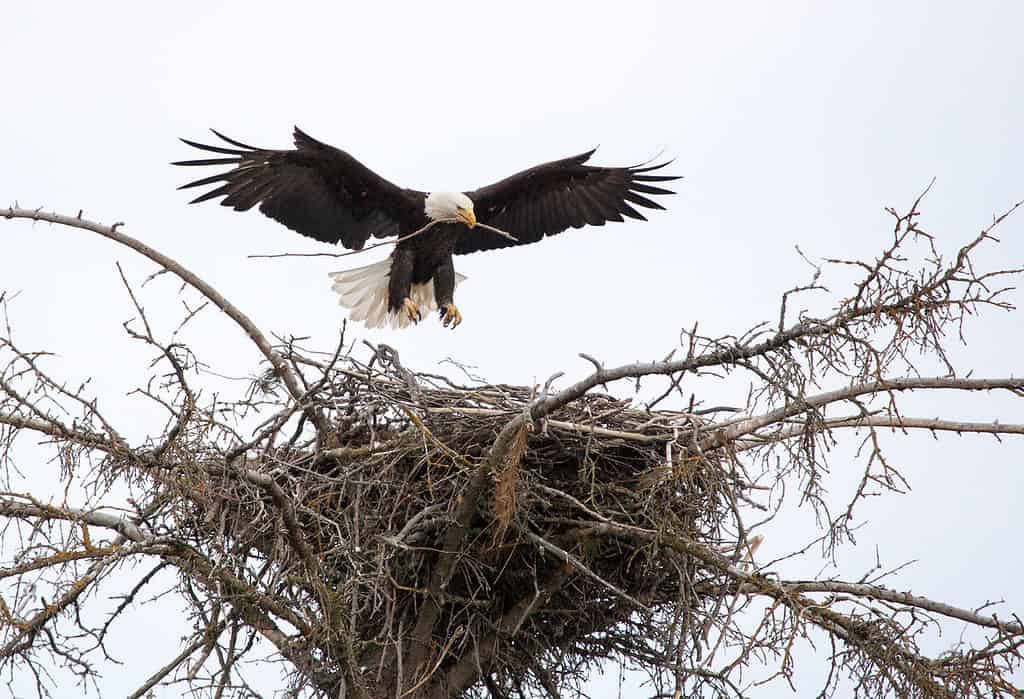
Manawa Lake State Park contains a popular nesting site for bald eagles.
©iStock.com/June Jacobsen
Large Animals in Iowa
The largest animal in Iowa is the bison. The largest land mammal in North America, it can can reach about 6 feet, 7 inches at the shoulder and weigh up to 3,000 pounds. Bison were once commonly found statewide, with large herds in northwest and north central parts of Iowa, but were hunted by settlers for their meat and hides and by the 1860s were no longer seen. Bison were reintroduced as captive herds into the state in 2008 starting with a small number at Broken Kettle Grasslands. Other places to see bison are Neal Smith National Wildlife refuge, Hawkeye Buffalo Ranch, Jester Park, and Whiterock Conservancy.
One of the largest animals in Iowa is native to the state but these days is seen only passing through it. The American black bear was once seen as a threat to settlers’ crops, livestock and families and hunted out of Iowa, with no record of any living in the state since the mid-1800s. There have been sightings of bears in eastern counties and as Iowa does not have a current breeding population these bears likely live in surrounding states such as Minnesota, Wisconsin, and Missouri. An adult male black bear can weigh between 130 and 661 pounds, while an adult female weighs on average 90.3-174.2 pounds, with a height range of 4.25-6.5 feet.
Other large visitors to the state include moose, which are usually young bulls from Minnesota that stay only a short time, and mountain lions, often young males chased by older males from their populations in South Dakota and Nebraska who do not settle in Iowa as it does not have suitable habitats. The American bison is the largest animal in Iowa and is found in several captive herds.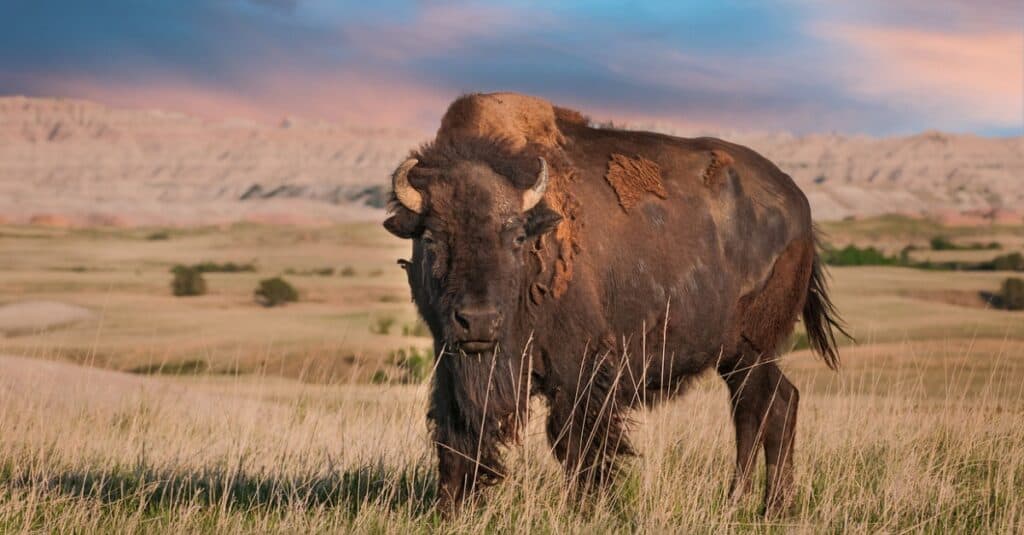
©Geoffrey Kuchera/Shutterstock.com
Snakes in Iowa
As the state lands include many prairies and corn fields, you might think that Iowa could make a good place for snakes to live. Iowa is home to 28 different snake species. While the vast majority are non-venomous, four different snakes in Iowa have venom and deserve more attention.
The venomous snakes in Iowa are copperheads and three species of rattlesnakes. The rattlesnakes include prairie rattlesnakes, massasauga rattlesnakes, and timber rattlesnakes.
Tru to their name, common garter snakes are common throughout the state and in such large numbers that this is the only type of snake that can be hunted and killed in Iowa. However, garter snakes are completely harmless, with their defensive ability limited to emitting a smelly musk to distract possible predators while they escape. Because of their gentle nature, they are considered a great pet species.
Other non-venomous snakes that are found in Iowa are brown snakes and western fox snakes. For more information on snakes in Iowa go here. The prairie rattlesnake is one of three types of rattlesnakes in Iowa. ©iStock.com/HRossD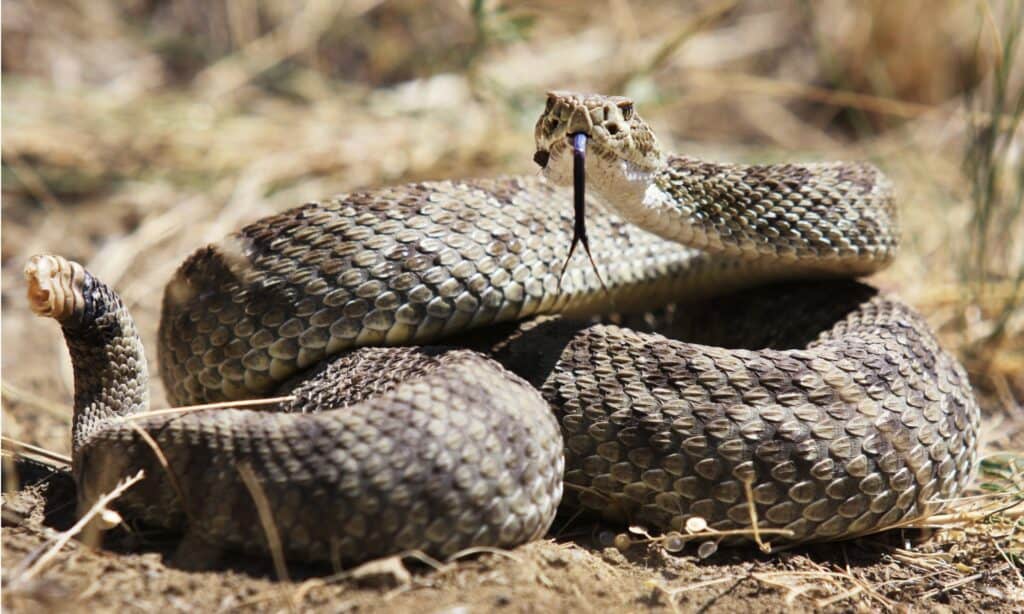
The Most Dangerous Animals in Iowa
Although it has several native predators such as bobcats, coyotes, and foxes, these animals rarely attack humans.
Iowa’s four species of venomous snake almost never attack humans unless provoked. However their venom can harm humans, especially if medical treatment is not immediately sought.
- Timber rattlesnake: This large pit viper can reach 4 feet and lives in forests and marshy areas. A bite from a timber rattlesnake (Crotalus horridus) can be fatal if it’s left untreated.
- Copperhead: The most common snake in the U.S., the copperhead (Agkistrodon contortrix) lives near streams and waterways. Its venom is not strong enough to kill an adult human, but it can cause intense pain.
- Eastern massasauga rattlesnake: This small, secretive snake has strong venom, but attacks are extremely rare. This is an endangered species.
- Prairie rattlesnake: This snake (Crotalus viridis) has the largest range of any rattlesnake species in the U.S. Like the eastern massasauga, it is threatened by habitat loss.
Iowa’s most dangerous animals are ticks and mosquitoes, which are prevalent throughout the state. These insects cause more deaths and illnesses than venomous spiders and snakes combined. The most dangerous animal in Iowa is the tick. ©daksel/Shutterstock.com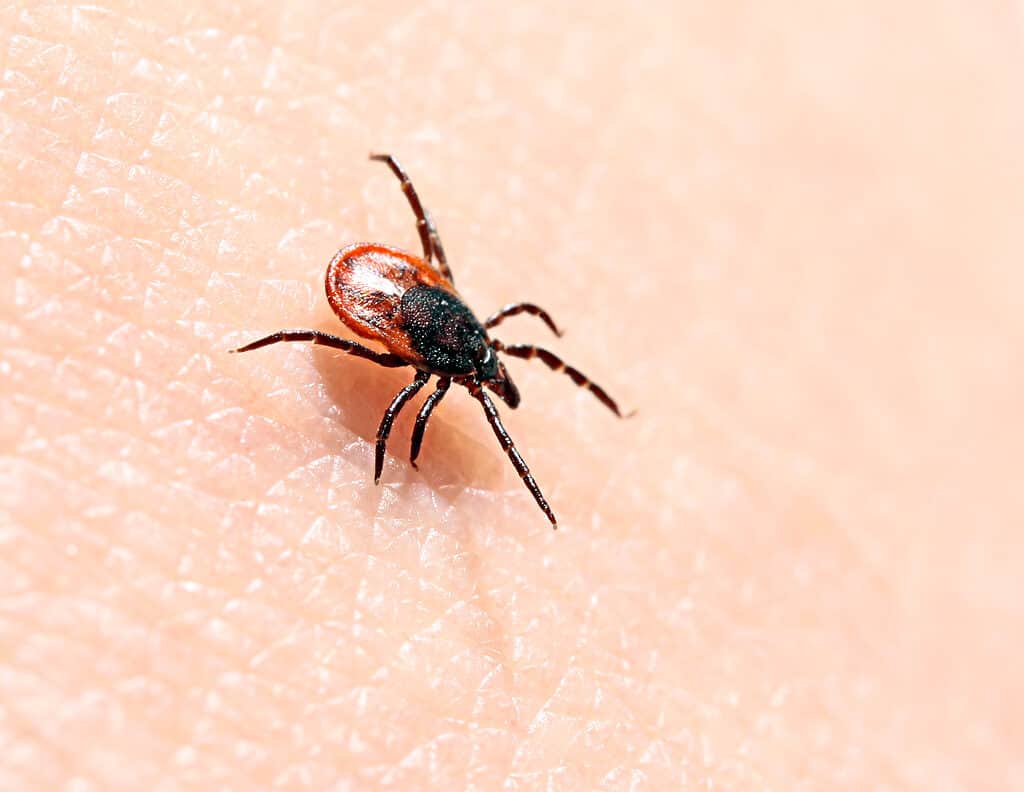
Endangered Animals in Iowa
Iowa has 47 animals and 64 plants classified as endangered, meaning their populations are low and scientists are concerned the species may become extinct. 89 plants and 35 animals are categorized as threatened, with their populations declining and the species at risk of becoming endangered. The main cause of a species being endangered or threatened is habitat loss.
Some of Iowa’s endangered animals include:
- Trumpeter swan: These swans (Cygnus buccinator) were once common on Iowa lakes, but hunting and wetlands drainage wiped them out in 1883. In 1993, a program to reintroduce these swans began with just one nesting pair. There are now more than 100 nesting pairs of trumpeter swans in Iowa, and conservation efforts continue.
- Osprey: These water raptors (Pandion haliaetus) were once prevalent in Iowa, and they were of great cultural importance to the Omaha Nation. Ospreys were greatly harmed by pesticides in the 1950s. With the banning of certain pesticides, their numbers have improved. In recent years, conservation groups have reintroduced ospreys to Iowa’s waterways.
- Bald eagle: Like ospreys, bald eagles suffered population losses from pesticides and illegal hunting. In 1995, the bald eagle was moved from endangered to threatened by the U.S. Fish and Wildlife Service. Today, the Mississippi River is home to the country’s highest concentration of bald eagle nests. The giant birds spend the winters hunting on the river.
- Eastern Massasauga Rattlesnake: This small snake lives in wet prairies, grasslands and wetlands. This rattlesnake (Sistrurus catenatus) is considered an indicator species because its health depends on the health of its primary ecosystem. The eastern massasauga is threatened by hunting and habitat loss.
Wolves, bears, mountain lions and elk once roamed freely in Iowa, but these animals no longer have resident populations there. Conservation efforts have led to more than 100 nesting pairs of trumpeter swans living in Iowa.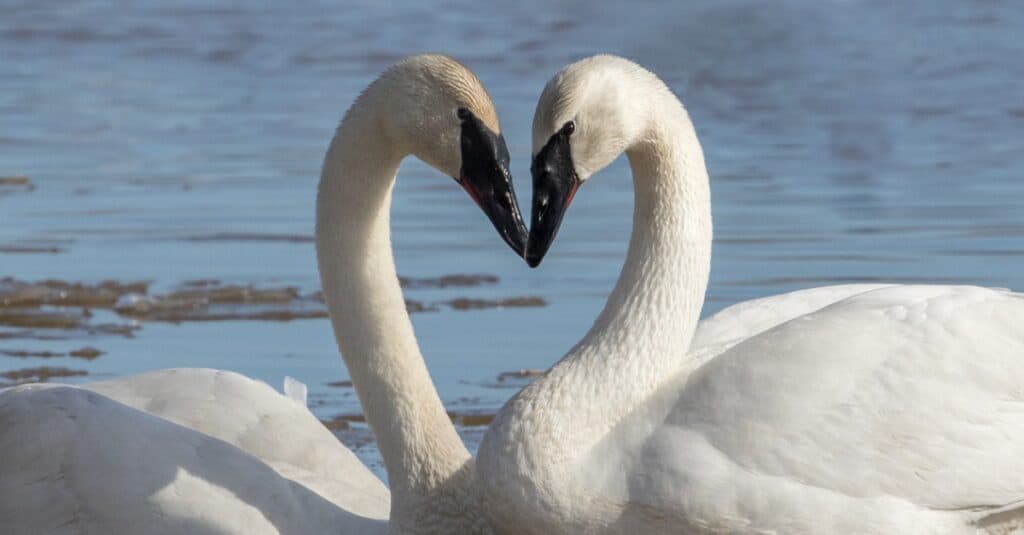
©iStock.com/Dee Carpenter Photography
Rare Animals in Iowa
Animals can be considered rare in Iowa due to their endangered status or because seeing one in the wild would be a very rare occurence.
The rusty patched bumble bee is one rare, endangered species that is present in Iowa despite their population dropping almost 90% since the 1990s. These bees were once widespread across the eastern U.S. and Upper Midwest and researchers at Iowa State University are part of a multi-state initiative to identify where the remaining bees live and which habitats are most suitable in an effort to save the species from further declining.
Other endangered rare animals in Iowa include the pallid sturgeon, which is one of the rarest of the sturgeons and is rarely seen in the wild, and the Indiana bat, which was on the first list of endangered species created in the U.S. in 1967 and whose population has been devastated by white-nose syndrome, a fungal disease that infects bats during their hibernation, causing them to starve to death.
Until recently, seeing an elk in Iowa would have been so rare it would have broken a 151 year record of the last reported sighting of an elk in 1871. Healthy populations of elk once roamed Iowa prairies until hunting drove them out of the state, with most extirpated by the 1860s. However, the elk has returned now returned. Iowa Department of Natural Resources (DNR) noted in 2023 many sightings of elk had been occurring, being noted every week through trail cams or on social media. While most sightings happen in Western Iowa, there have been sightings in Webster, Boone, Dallas, and Story counties as well. The DNR believes the elk that people are spotting are likely juvenile elk — that could belong to herds in states such as Minnesota, Wisconsin, Missouri, South Dakota, and Nebraska — who are seeking new territory or herds.
While there have been increased sightings of black bears, moose and mountain lions in the state, it is still extremely rare to spot one of these animals in Iowa. Researchers at Iowa State University are helping to conserve the rare rusty patched bumble bee. ©Taxomony/Shutterstock.com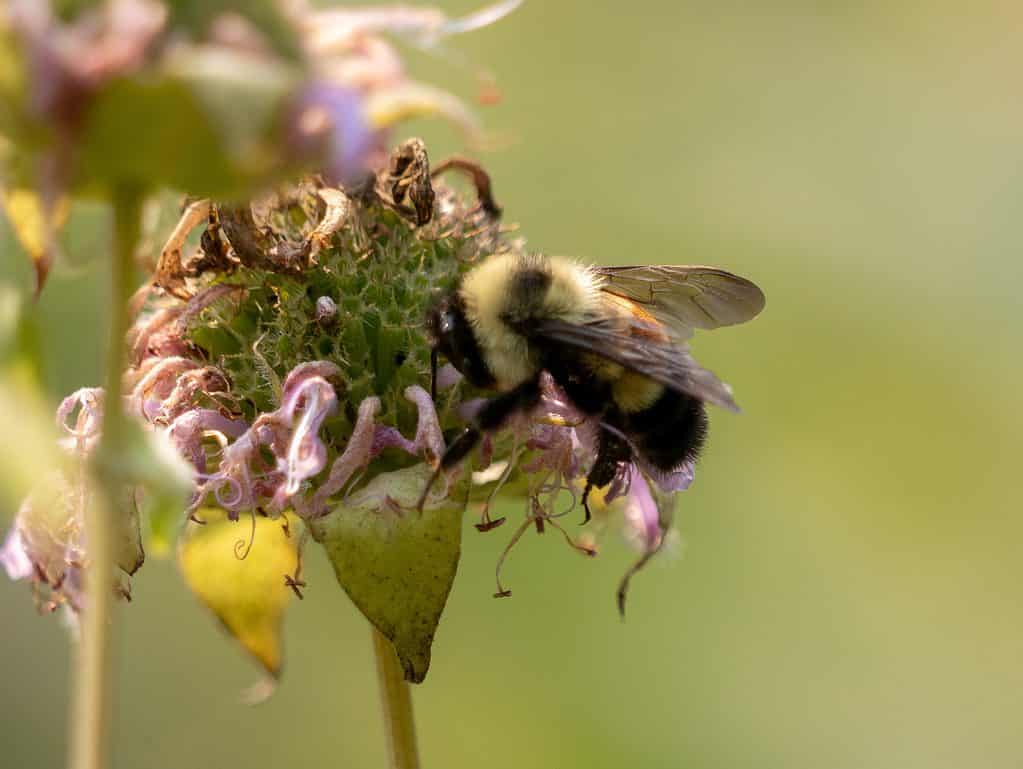
Native Plants in Iowa
Iowa is well known for its humid eastern and northern parts, with the western regions enjoying more of the sun and heat. This has led to Iowa’s vast diversity of plant life. Popular examples of plants found in the state include the columbine, purple coneflower, butterfly milkweed, prairie lily, and yarrow.
The wild rose was declared the official state flower in 1897, picked as it was one of the decorations used on the silver service that Iowa presented to the battleship USS Iowa that year. Wild roses can be found statewide and bloom from June through late summer. As no specific species of the flower was designated by the General Assembly, the wild prairie rose is frequently referred to as the official flower.
The oak tree was adopted as the Iowa’s state tree in 1961, chosen due to the large numbers growing in the state — most areas of natural woodland contain at least one species of oak. There are 12 species of oak native to the state but one wasn’t specified as the official species. Oaks supply a source of shelter and food for many animals, with their acorns part of the diets of squirrels, chipmunks, raccoons, several kinds of woodpeckers and many more birds. The wild rose was adopted as Iowa’s state flower in 1897.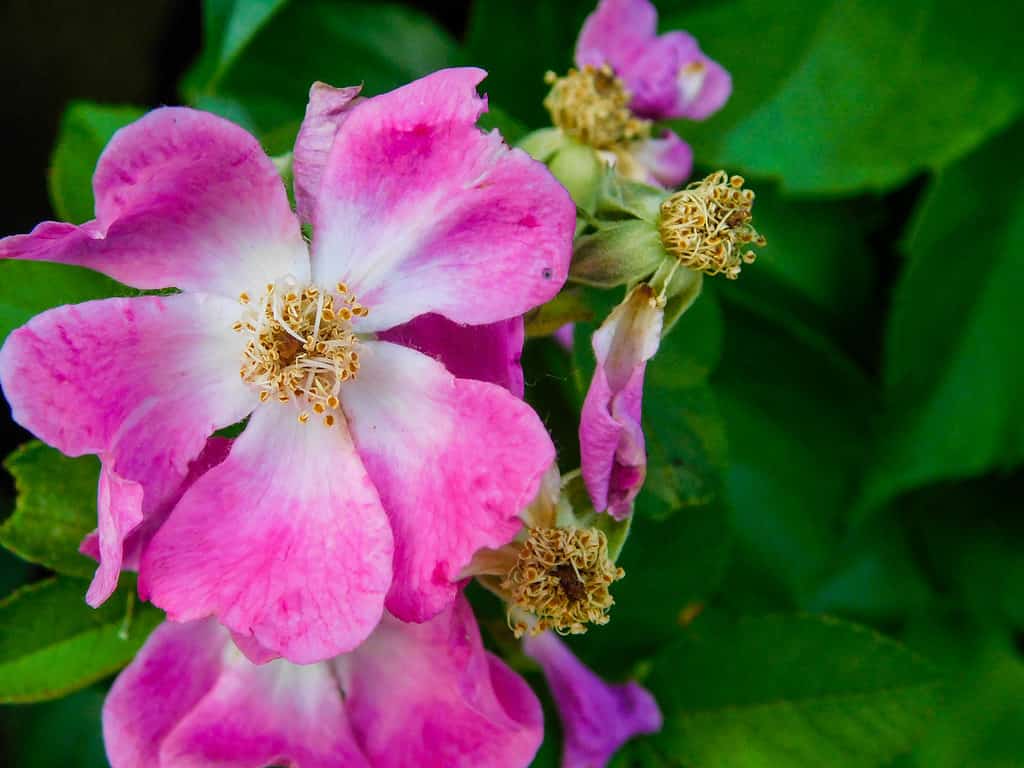
©iStock.com/Wirestock
The Coldest Place in Iowa
The coldest place in Iowa is Dubuque, which has an average annual temperature of 47.2°F. Dubuque is located on the Mississippi River at the junction of Iowa, Illinois and Wisconsin, an area locally known as the Tri-State Area. It’s the oldest city in the state and acts as the major commercial, industrial, educational, and cultural hub for the region.
The coldest temperature ever recorded in Iowa was in the town of Washta on January 12, 1912. It was a freezing -47°F, during a cold front that ended up creating dozens of record low temperatures.
Snowfall in Iowa is common and as early as October and as late as May. Most of the snow occurs from December to March, and January and February are the months with the heaviest snowfall. The amount of snow can differ significantly depending on the location in the state, with average snowfall totals from 18 to 42 inches every year.
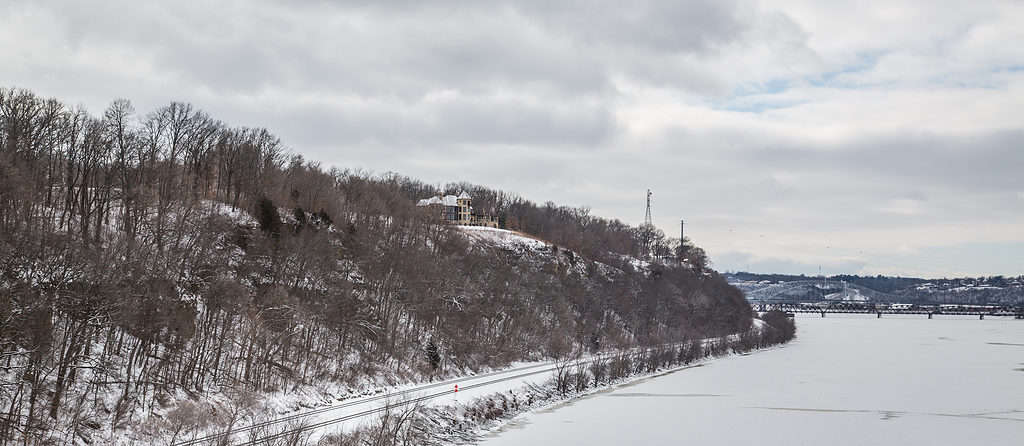
Dubuque, by the Mississippi River, is the coldest place in Iowa.
©Tony Webster from Portland, Oregon, CC BY-SA 2.0 <https://creativecommons.org/licenses/by-sa/2.0>, via Wikimedia Commons – Original / License
More Articles Related to Iowa
Read about:
- extinct animals that lived in Iowa.
- the best national parks in Iowa.
- the longest biking trail in Iowa.
- the types of hawks in Iowa.
- the best aquariums in and around Iowa.
- the best camping in Iowa.
Iowan Animals
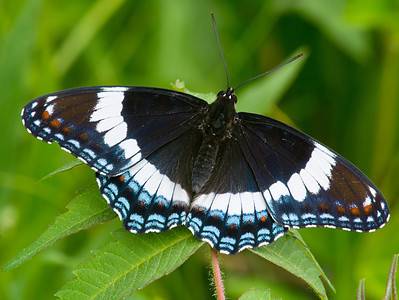
Admiral Butterfly
Stunningly beautiful wings
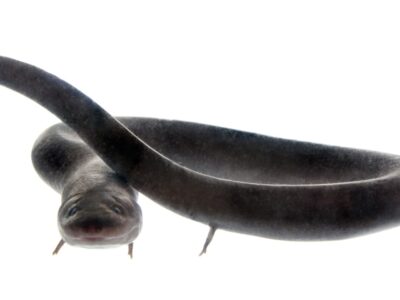
American Eel
Don't eat raw eel! Their blood is poisonous to humans when consumed raw.
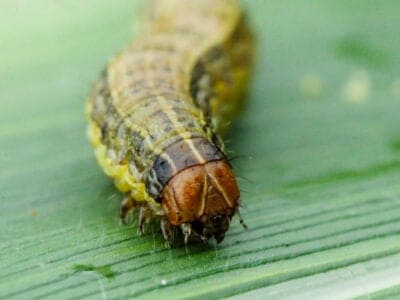
Armyworm
They are so named because they "march" in armies of worms from one crop to another in search of food
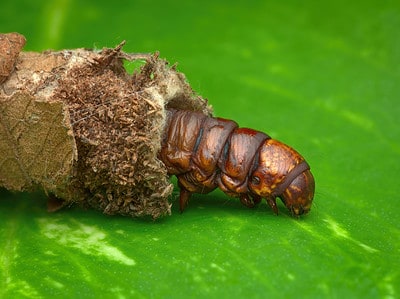
Bagworm Moth Caterpillar
They continually enlarge their protective cases
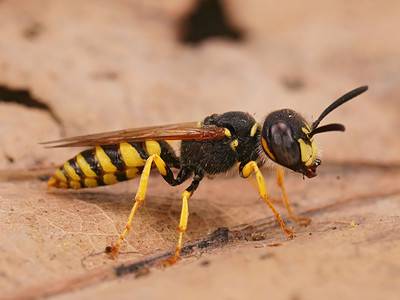
Beewolf wasp
They hunt bees
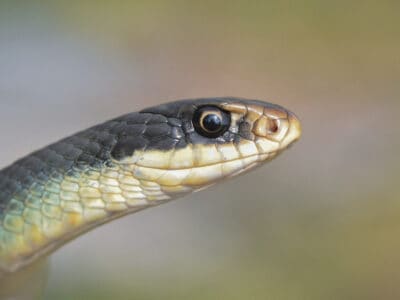
Blue Racer
Some blue racers have smooth scales that are solid electric blue while others are grayish or brownish.
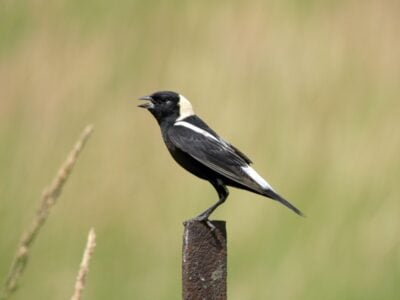
Bobolink
In spring, the male bobolink is the only North American bird who is dark below and light colored above. This makes identification easy.
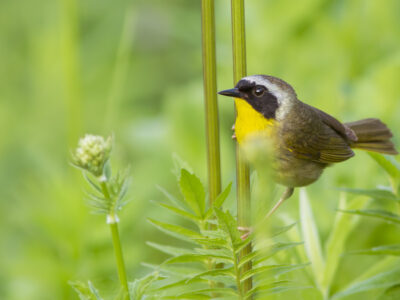
Common Yellowthroat
The Common Yellowthroat stays close to the ground and uses stealth to survive!
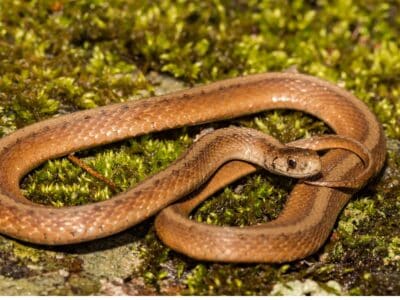
De Kay’s Brown Snake
They have specialized jaws for removing snails from shells.
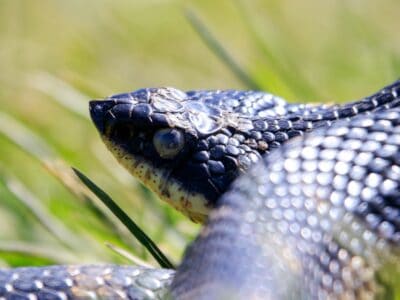
Eastern Hognose Snake
Eastern hognose snakes are venomous, but only to frogs and toads.
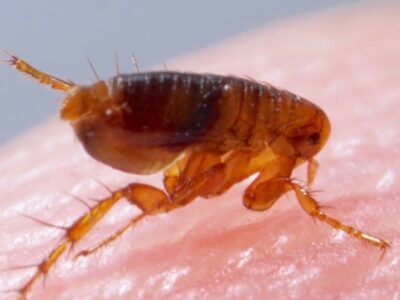
Flea
Adult fleas can jump up to 7 inches in the air
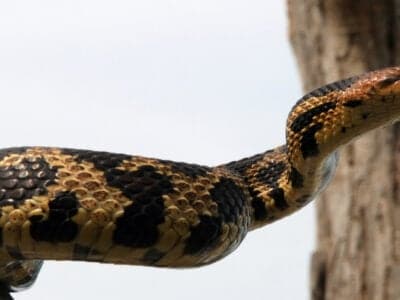
Fox Snakes
In some areas, fox snakes and gopher snakes have crossbred in the wild.
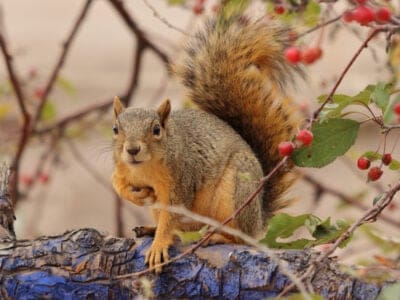
Fox Squirrel
Although it is a tree squirrel, it spends most of its time on the ground.
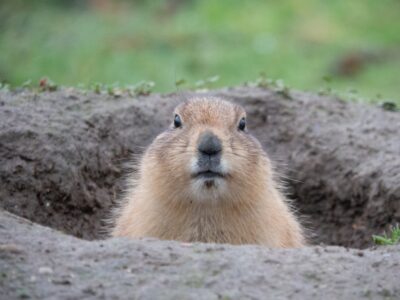
Groundhog (Woodchuck)
They whistle to each other to warn of approaching danger!
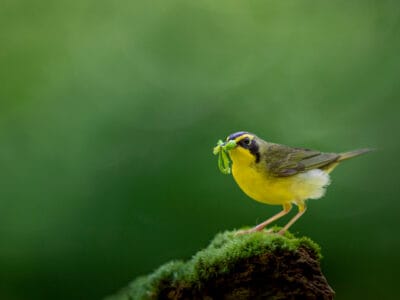
Kentucky Warbler
The Kentucky Warbler appears to wear bright yellow cat-eye glasses!
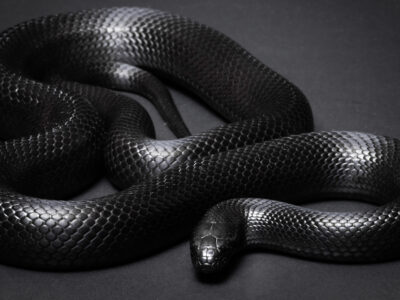
King Snake
King Snakes eat other types of snakes.
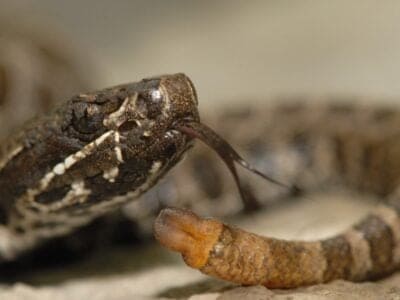
Massasauga
The name “Massasauga” comes from the Chippewa language, meaning “Great River Mouth”.
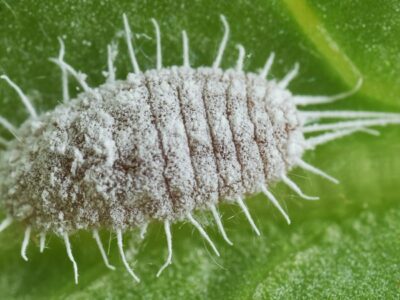
Mealybug
They have a symbiotic relationship with ants.
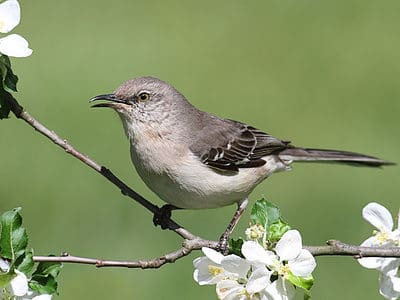
Mockingbird
Mockingbirds are incredible mimics that can learn hundreds of songs!
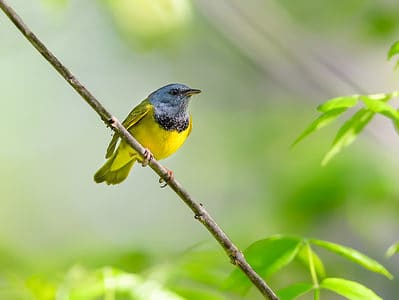
Mourning Warbler
The Mourning Warbler was named for its gray head, which resembles a mourning veil!
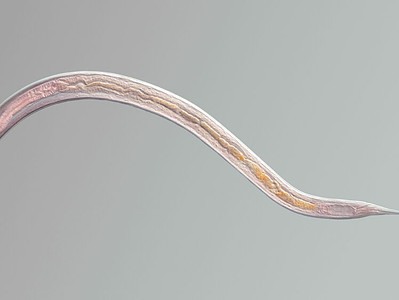
Nematode
Nematodes range in size from 1/10 of an inch to 28 feet long
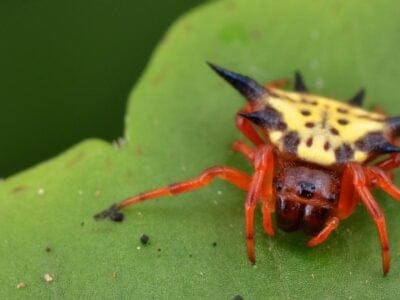
Orb Weaver
Females are about four times the size of males
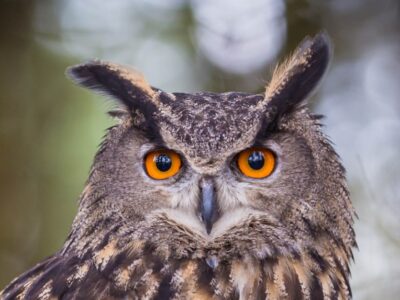
Owl
The owl can rotate its head some 270 degrees
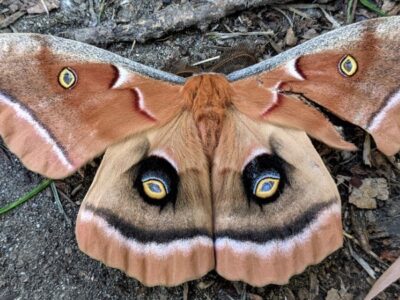
Polyphemus Moth
The Polyphemus moth doesn’t and can't eat, except when it's a caterpillar!
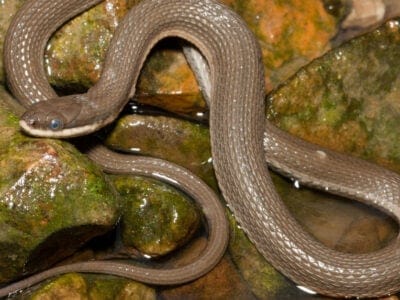
Queen Snake
Queen snakes have armor-like scales on the top of their head

Rat Snakes
Rat snakes are constrictors from the Colubridae family of snakes.
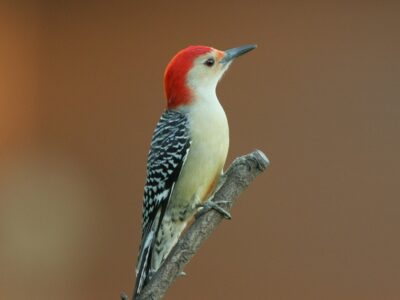
Red-Bellied Woodpecker
Red-Bellied Woodpeckers will often steal the nests of other birds.
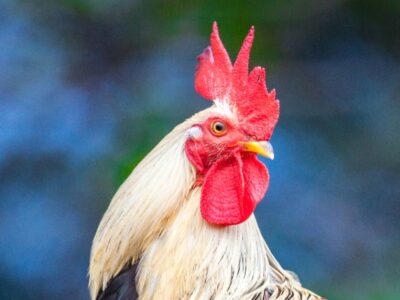
Rooster
Will mate with the entire flock!
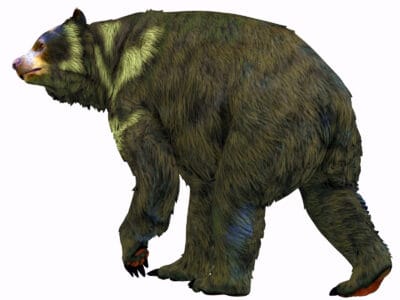
Short-Faced Bear
The modern Spectacled Bear, which lives in South America, is related to the Short-Faced Bear!
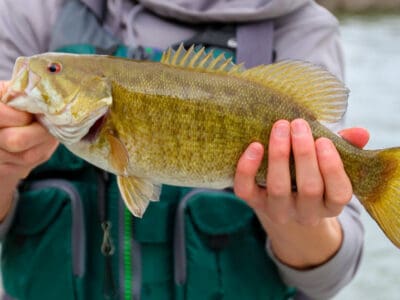
Smallmouth Bass
A fierce fighter!
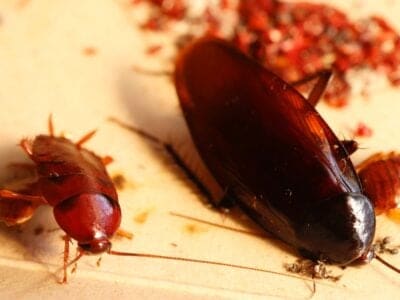
Smokybrown Cockroach
Has up to 45 eggs per egg case
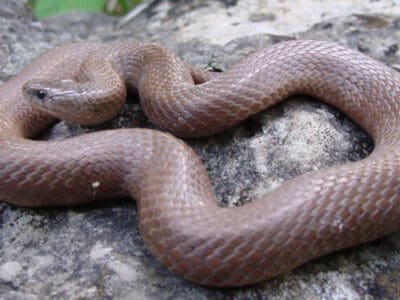
Smooth Earth Snake
Valeria Biddle Blaney (1828-1900) collected the first specimen in Maryland.
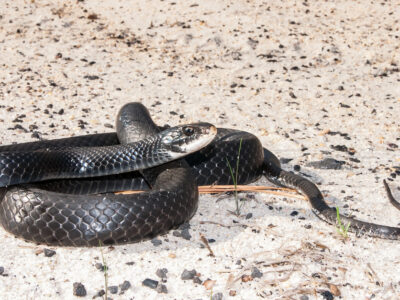
Southern Black Racer
These snakes live underground, beneath piles of leaf litter or in thickets, and they are expert swimmers.
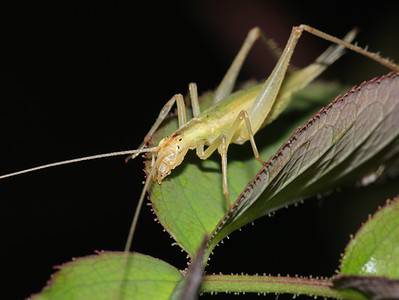
Tree Cricket
They make music with their wings
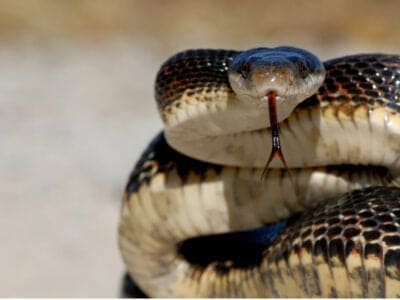
Western Rat Snake
Western rat snakes have special scales on their belly that help them climb up trees.
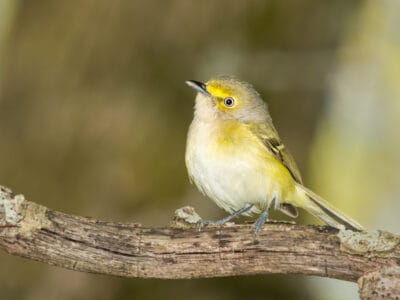
White-Eyed Vireo
During courtship, males put on exciting displays by fluffing their plumage, spreading their tails, and letting out a whining call.
Iowan Animals List
- Admiral Butterfly
- Agkistrodon Contortrix
- American Eel
- Armyworm
- Bagworm Moth Caterpillar
- Beewolf wasp
- Blue Racer
- Bobolink
- Common Yellowthroat
- De Kay’s Brown Snake
- Eastern Hognose Snake
- Flea
- Fox Snakes
- Fox Squirrel
- Groundhog (Woodchuck)
- Kentucky Warbler
- King Snake
- Massasauga
- Mealybug
- Milk Snake
- Mockingbird
- Mourning Warbler
- Nematode
- Orb Weaver
- Owl
- Polyphemus Moth
- Queen Snake
- Rat Snakes
- Red-Bellied Woodpecker
- Rooster
- Sandhill Crane
- Short-Faced Bear
- Smallmouth Bass
- Smokybrown Cockroach
- Smooth Earth Snake
- Southeastern Blueberry Bee
- Southern Black Racer
- Swallowtail Butterfly
- Tree Cricket
- Western Rat Snake
- White-Eyed Vireo
Animals in Iowa FAQs (Frequently Asked Questions)
What animals are only found in Iowa?
The thirteen-lined ground squirrel (Ictidomys tridecemlineatus) is a strange but beautiful squirrel with a striped coat. It lives only in grasslands and prairies.
These unusual rodents are also known as striped gophers or leopard ground squirrels.
They are not the only rodents unique to Iowa. The state is also home to some of the rarest rodents in the U.S., including the plains pocket gopher, meadow jumping mouse and southern flying squirrel.
A strange insect native to Iowa is the common conehead. This member of the locust family is fond of eating crops like corn and wheat.
What animal is Iowa known for?
Iowa is known for the Butter Cow, a life-sized butter sculpture that is a yearly feature of its famous state fair. More than 1 million people visit the Iowa State Fair each year, and the Butter Cow has appeared there for over 70 years. It takes 600 pounds of butter to make the Butter Cow.
Does Iowa have dangerous animals?
Iowa does not have many animals that are dangerous to humans. It has large predators, including foxes and bobcats, but there are no reported attacks on humans from these animals. Its most dangerous animals are wood ticks and mosquitoes.
What animals live in lakes in Iowa?
Iowa’s lakes and rivers are home to many fish, including popular game fish. They are also home to beavers, otters, muskrats, turtles, ducks, frogs and geese.
What spiders live in Iowa?
Some spiders you may find in Iowa include:
- Tuft-legged orb weaver
- Southern black widow
- Barn funnel weaver
- Dark fishing spider
- Carolina wolf spider
- Common house spider
- Red-spotted ant mimic




